Fire alarm systems are very important for the safety of people and property. Whether it’s a commercial building, or residential complex, these systems play very important role in detecting and alerting occupants to fire hazards.
But not all fire alarm systems are the same. So it is very important to the different types of fire alarm systems available in the world. It will help you in choosing the right one for your specific needs.
In this article, we will explore the main types of fire alarm systems, their features, and the environments where they are most effective.
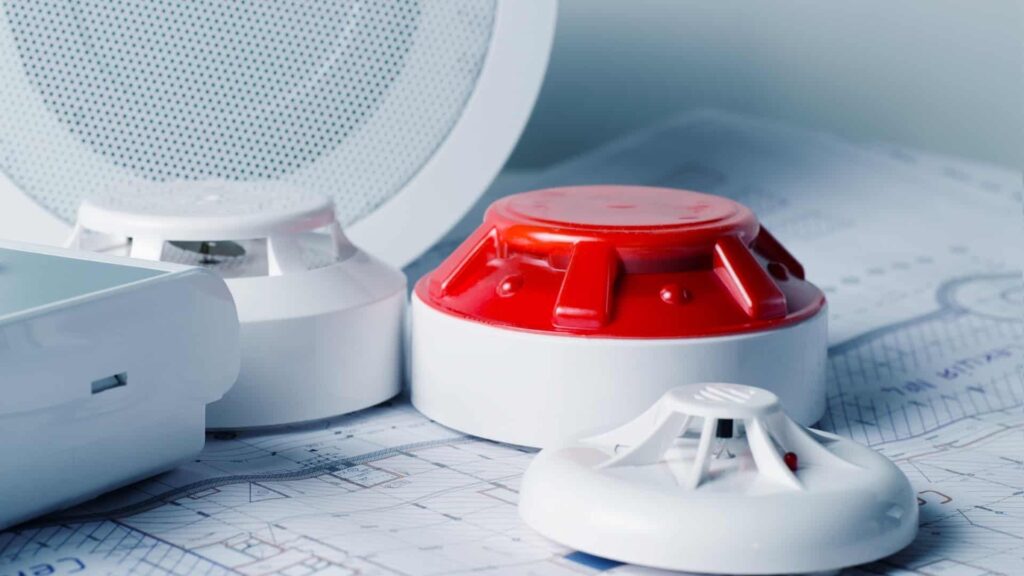
Before we go ahead and learn about types of fire alarms, it’s important to understand what a fire alarm system does.
A fire alarm system is an intelligent alarm system. Which is designed to detect the presence of fire or smoke and then alert building occupants through audible and visual alarms.
Some systems may also notify emergency services automatically.
There are several types of fire alarm systems. Each one of them are suitable for different kinds of environments and needs.
So we know about the fire alarm variations. Now it’s a time to learn about them in details.
A conventional fire alarm system is one of the most basic types of fire alarm systems available.
It divides a building into multiple zones, with each zone having its own set of fire detectors or sensors.
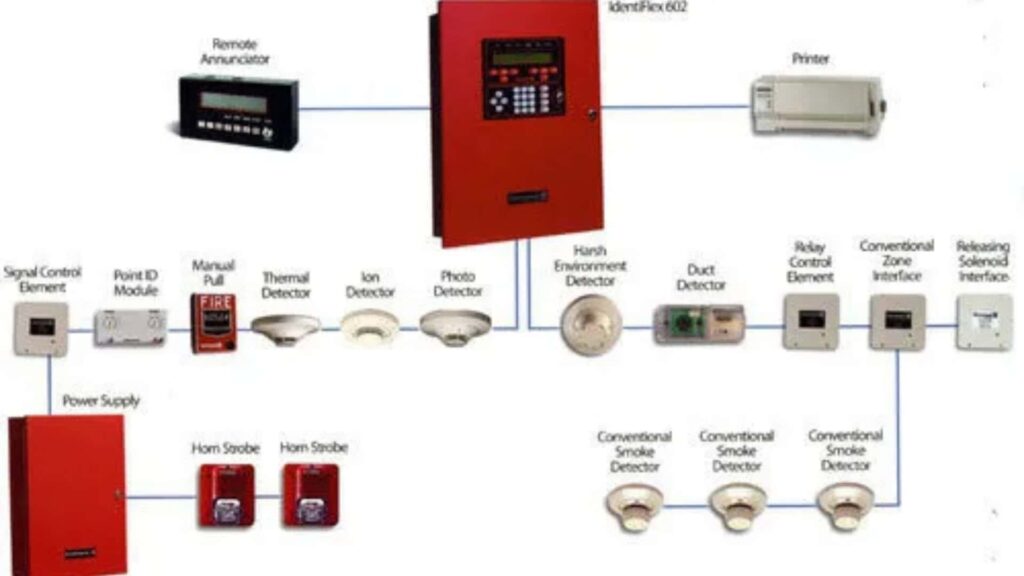
When a detector in a particular zone is triggered, the control panel displays which zone has the fire, but not the exact location within that zone.
In a conventional system, detectors are wired back to the control panel in zones. When the system detects smoke or heat, the control panel identifies the zone but not the specific detector.
These Fire alarm systems are ideal for smaller buildings such as retail shops, restaurants, or smaller office spaces where finding the exact location of a fire within a zone isn’t that much Hussle.
An addressable fire alarm system offers more advanced functionality compared to a conventional system.
In an addressable system, each detector or device on the network has a unique address. When a fire or smoke is detected, the control panel can pinpoint the exact location of the device that triggered the alarm.
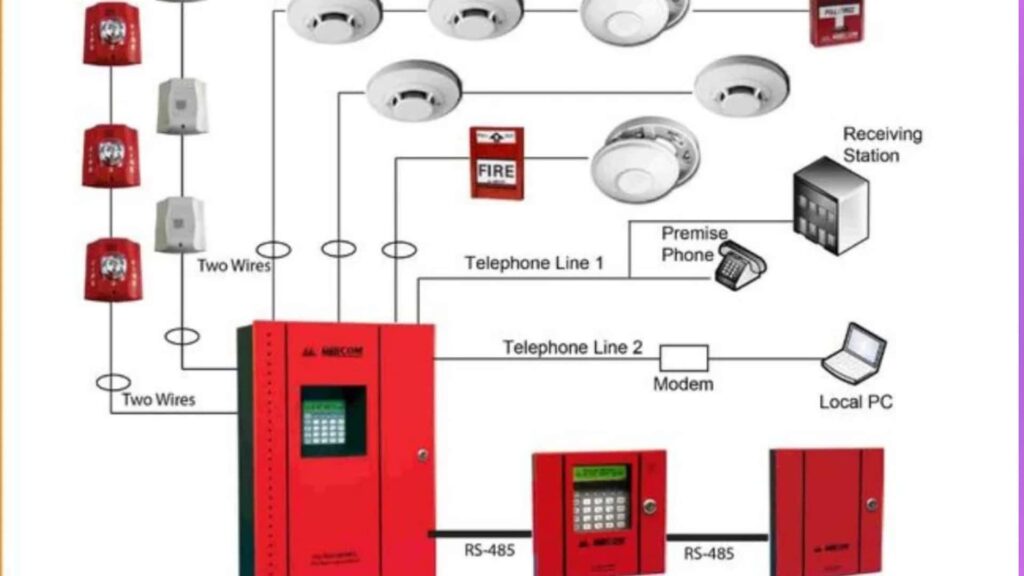
The system assigns each device a unique address, allowing the control panel to know exactly which device has been activated.
This allows for faster and more accurate identification of fire sources.
These systems are ideal for larger buildings such as hotels, hospitals, and large office complexes where knowing the exact location of the fire is critical for quick response and evacuation.
A wireless fire alarm system operates similarly to addressable systems, but with one key difference: it uses wireless communication between the control panel and the devices.
This eliminates the need for complex wiring, making it a popular option for historical buildings or structures where wiring would be difficult or unsightly.
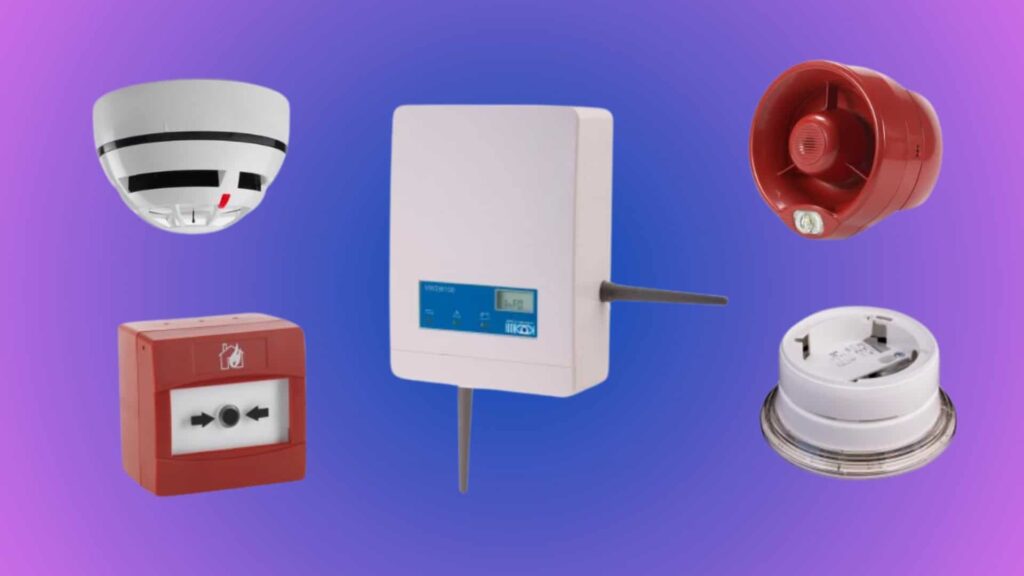
Wireless systems use radio frequency signals to communicate between the detectors and the control panel.
Each device has a unique address, similar to an addressable system, allowing for precise identification of the fire location.
Wireless systems are commonly used in places where running wires would be difficult or costly, such as historic buildings, museums, or large complexes with strict aesthetic requirements.
A hybrid fire alarm system combines both wired and wireless technologies. It uses wired connections for some parts of the building and wireless devices for areas where wiring is difficult.
This provides a flexible solution that offers the benefits of both wired and wireless systems.
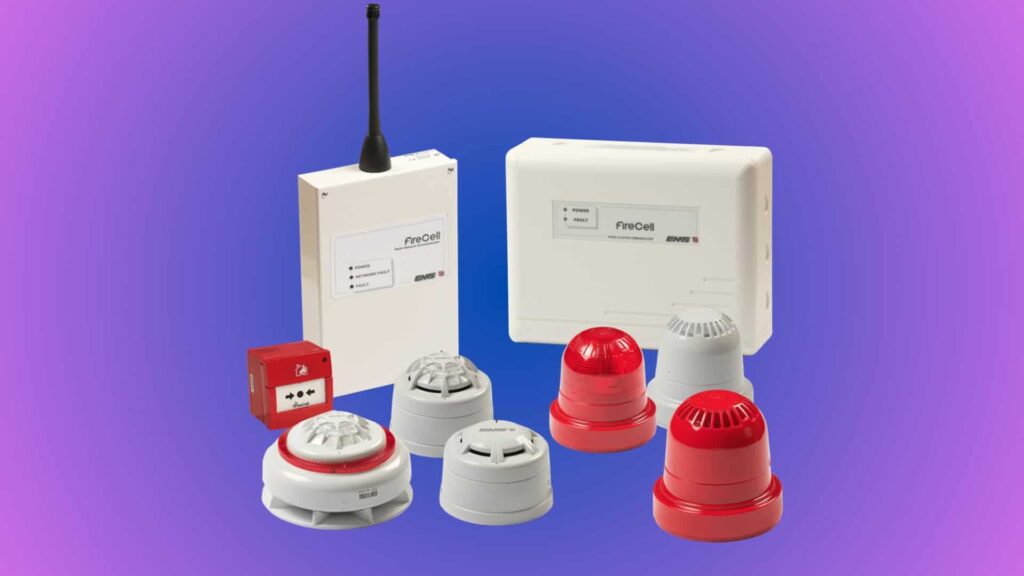
The hybrid system allows certain zones or areas to be wired while others can communicate wirelessly.
This can be an effective solution for large buildings that need the reliability of wired systems in high-priority areas and the flexibility of wireless in others.
Hybrid systems are often used in complex buildings such as hospitals, schools, or multi-story office buildings that require both wired reliability and wireless flexibility.
Apart from this, there are several types of of the type, most fire alarm systems include the following components:
Selecting the right fire alarm system depends on various factors, such as the size of the building, the type of occupancy, and the specific needs of the environment. For instance:
Fire alarm systems are essential for ensuring safety in any building. Understanding the types of fire alarm systems available will help you make an informed decision that suits your specific needs.
Whether you opt for a conventional system, an addressable system, or a hybrid solution, the most important thing is that your system is reliable, easy to maintain, and capable of providing quick alerts in the event of a fire.
Each type has its advantages and limitations, so consider your building’s size, structure, and specific requirements when making your choice.